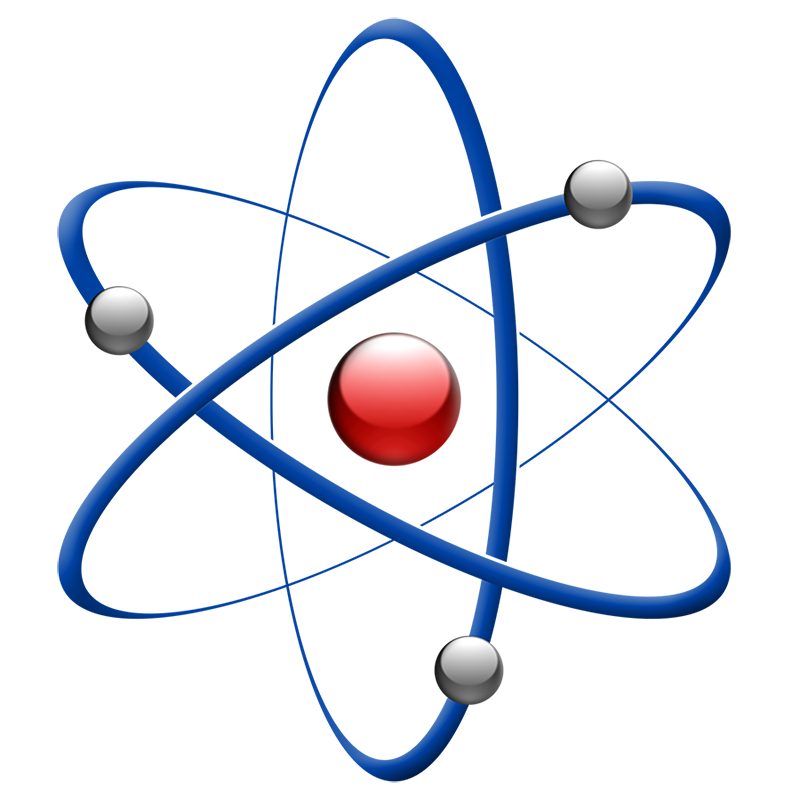Celebrating 26 Years 1999-2025
Coriolis Mass Flow Meters
A Coriolis flow meter vibrates twin sensor tubes; the Coriolis-induced phase shift measured at their ends is directly proportional to the fluid’s mass flow.
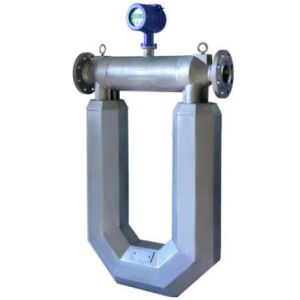

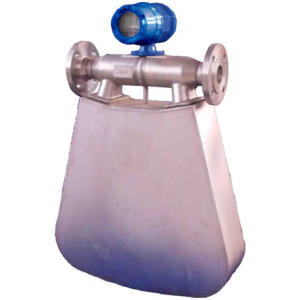
Coriolis flow meters rely on the Earth’s Coriolis effect to measure fluid mass flow rates. Inside the flow body of a SmartMeasurement Coriolis meter, flow is diverted into two parallel sensor flow tubes, which are vibrated in opposition to one another by an energized drive coil. The mass flow meter’s phase shift, measured by Hall Effect sensors mounted at the sensor tubes’ inlet and outlets, is caused by the Coriolis effect and is directly proportional to the mass of the media flowing through the tubes. Thus, the Coriolis flow meter is a true mass flow meter.
In addition to providing a direct mass flow reading, SMC’s Coriolis flow meters offer a number other advantages. Perhaps the biggest of these advantages is their multi-parameter measurement capability. SmartMeasurement Coriolis meters provide direct mass and volumetric flow rates, process temperature, and density readings.
These liquid flow meters also provide inferred readings for density-dependent parameters such as water-in-oil percentage, degrees Brix, and degrees Baume. Another advantage of SMC’s Coriolis flow meters is that they require no straight pipe runs upstream or downstream of the meter.
INTERESTED OR HAVE QUESTIONS? GET IN TOUCH WITH US NOW!
U-Shaped Coriolis Meter, ALCM-UT
SMC’s ALCM-UT uses two tubes formed into a U-shaped geometry in a parallel arrangement which are vibrated at their resonant frequency by coils.

INTERESTED OR HAVE QUESTIONS? GET IN TOUCH WITH US NOW!
Mirco-Bend Coriolis Meter, ALCM-MB
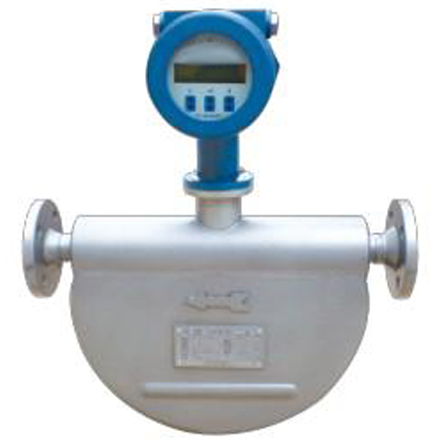
SMC’s ALCM-MB Micro-Bend Coriolis Mass flowmeter employs a unique tube arrangement with U-shaped measuring tubes that are formed with a significantly smaller radius versus traditional U-tube type Coriolis meters. The more gradual radius of the ALCM-MB’s tube geometry provides for a more compact design and significantly reduced pressure differential versus other Coriolis meters.
INTERESTED OR HAVE QUESTIONS? GET IN TOUCH WITH US NOW!
Delta-Shaped Coriolis Meter, ALCM-DT
SMC’s ALCM-DT uses two tubes formed into a triangle, or delta, shaped geometry in a parallel arrangement which are vibrated at their resonant frequency by coils.
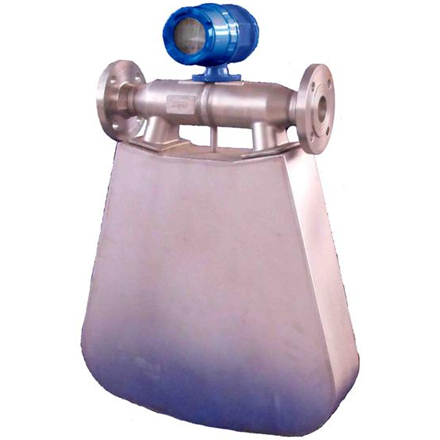
INTERESTED OR HAVE QUESTIONS? GET IN TOUCH WITH US NOW!
